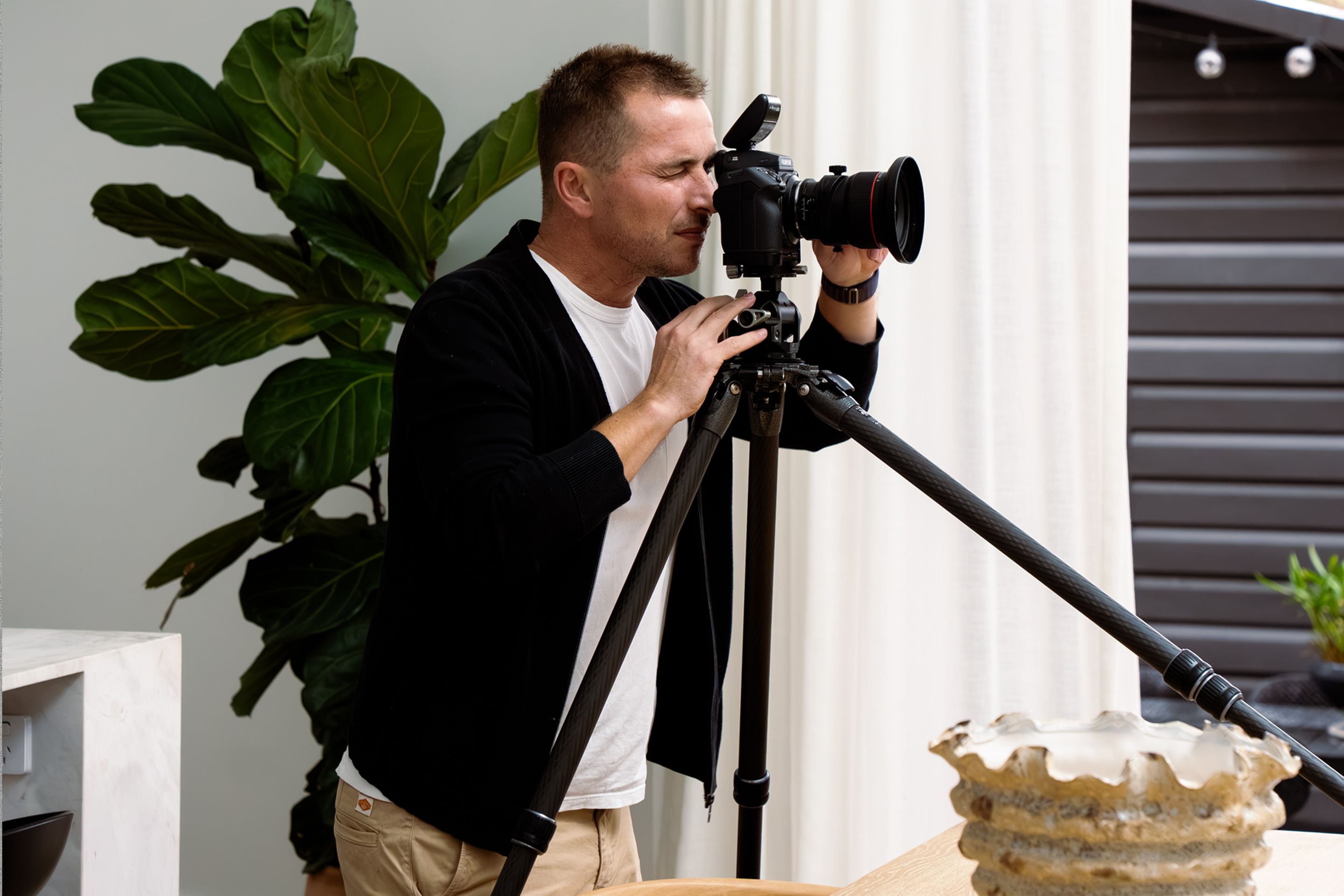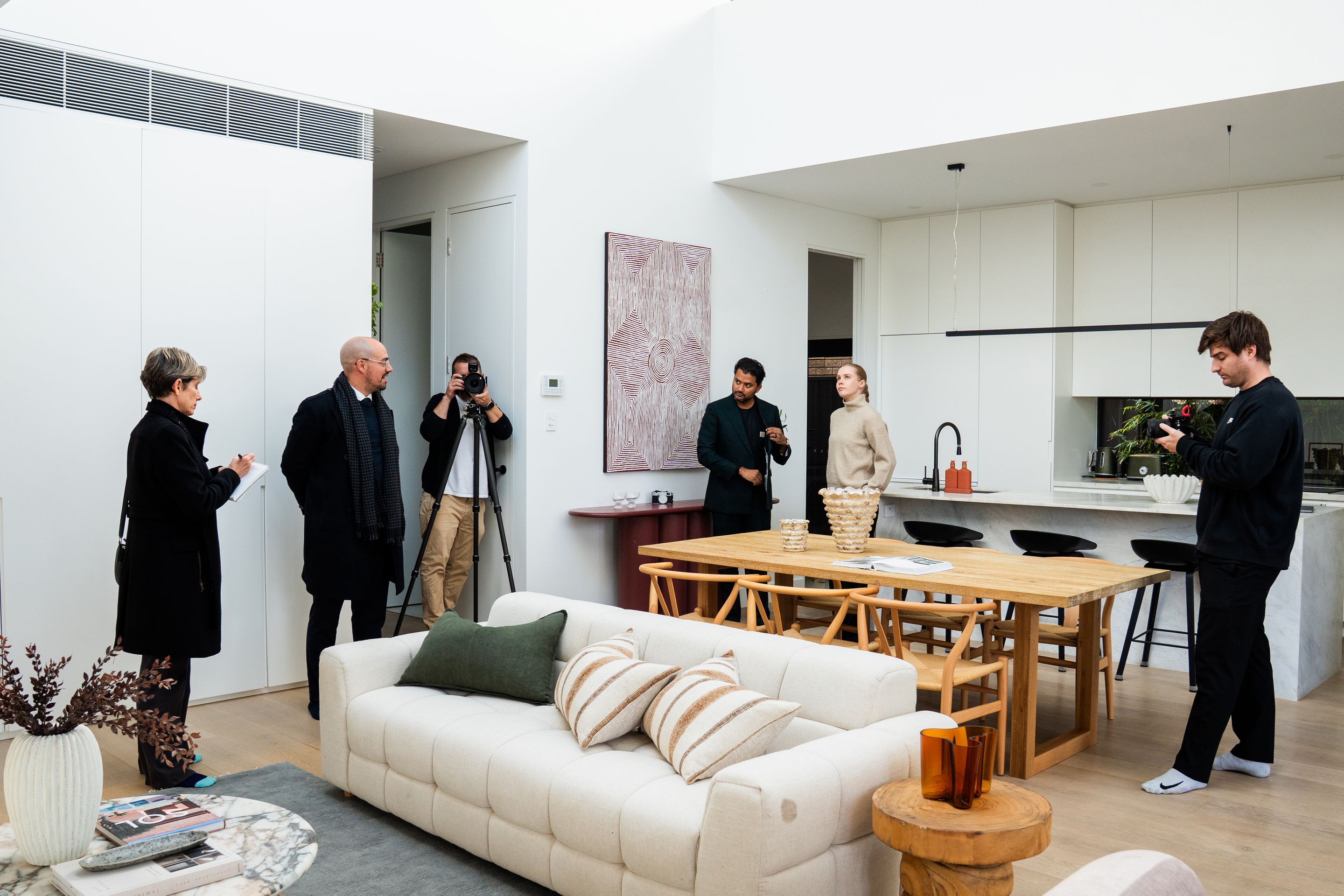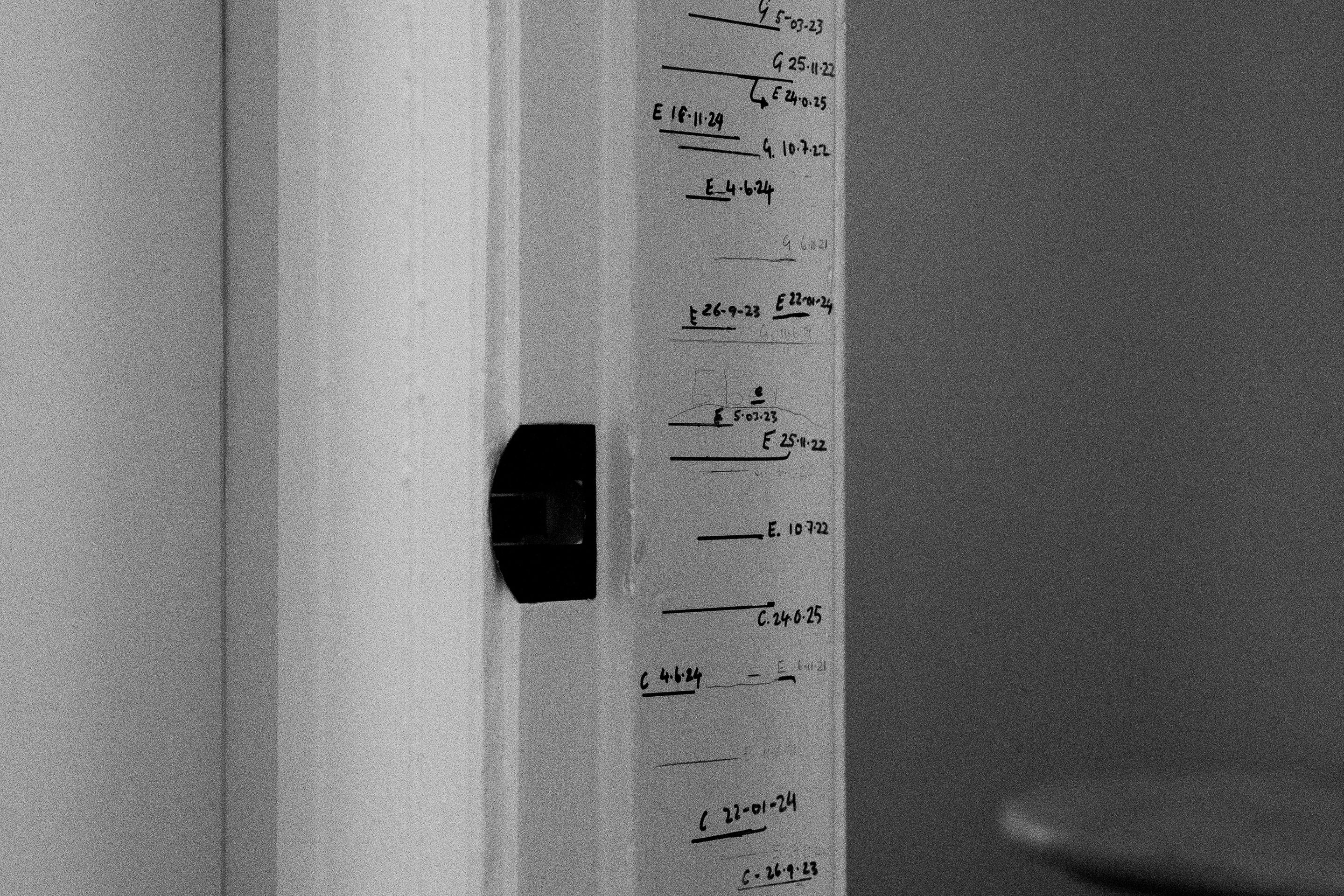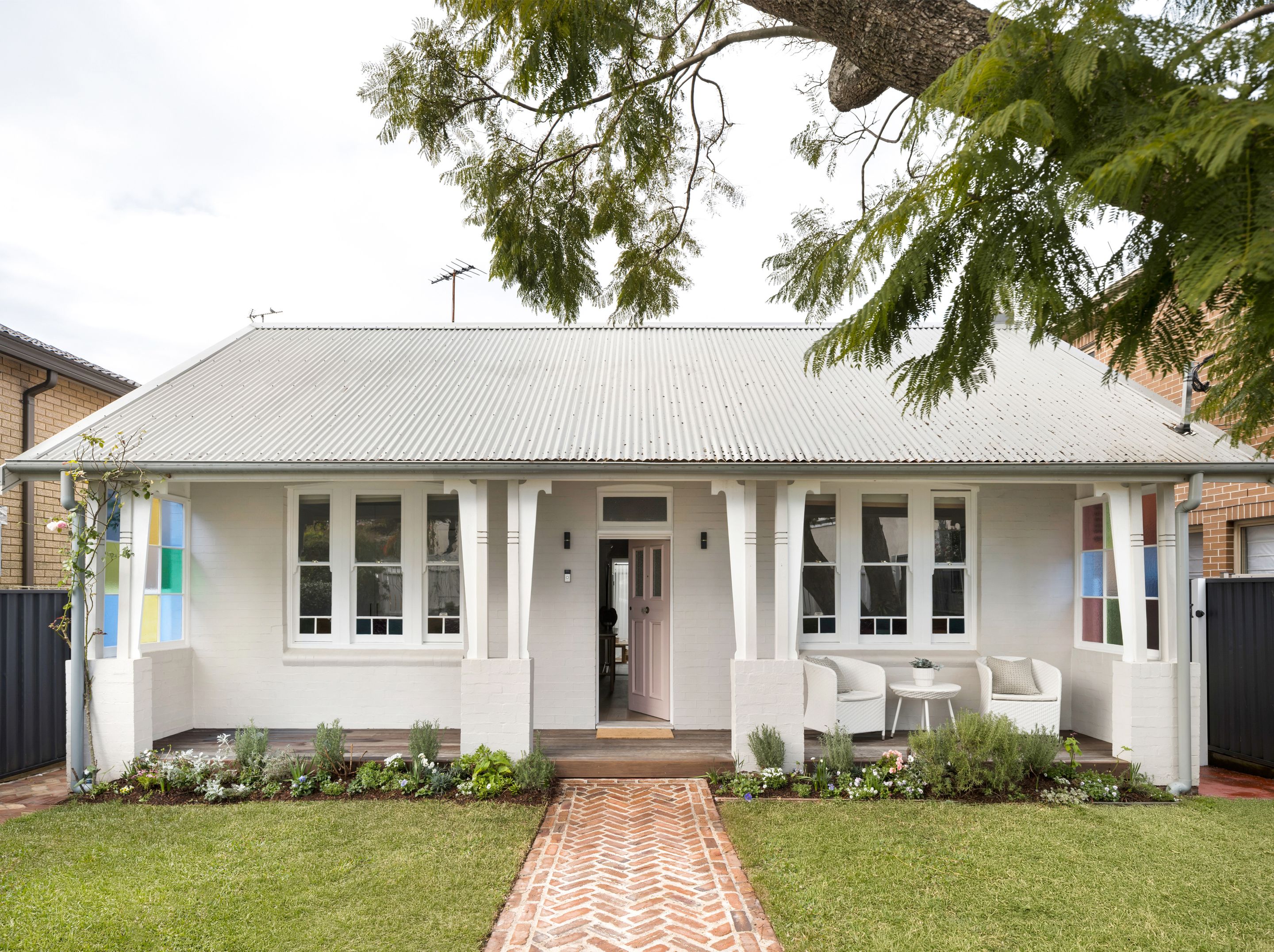When it comes to selling your home, everyone knows the basics: fresh paint, declutter, tidy the garden. But at Adrian William, we know first impressions are formed long before buyers walk through the door, and in ways most sellers overlook.
We interviewed five of our agents — Arden Savio, Denny Barros, Giles Colliver, Joseph Lombardo and Michael White, to uncover the insider strategies that go beyond styling and surface fixes. From honest photography to era-sensitive presentation, here’s what really matters when creating a lasting impression.
More Than a Pretty Picture
For buyers, the first encounter with your property almost always happens online, which makes photography critical. The mistakes, however, are often subtle and easy to miss.
Virtual styling, for instance, can appear quite legitimate on screen, but it undermines trust the moment buyers walk into an empty room. “I’d rather present a bare space than be misled with virtual furniture,” says Giles. “Even if buyers can’t articulate it, they feel something’s off.”
Buyers want to see what makes your home different, but Michael suggests that over-editing can do more harm than good. “Wide-angle lenses, fake skies, virtual styling – buyers notice immediately.”
The most effective marketing enhances a home’s appeal without distorting its true character. When a property’s online portrayal overreaches, the result is often underwhelming in person. Far from driving competition, this disconnect erodes buyer confidence and undermines genuine interest.

Joseph emphasises the importance of telling the full story through images. “I see million-dollar homes online with only ten photos – that’s crazy. You need enough shots to capture the lifestyle and help people imagine living there.”
Arden notes another common photography misstep: shooting with the lights on. “It sends a subconscious signal that the home lacks natural light,” he explains. “Buyers notice. Honest proportions, natural light, and enough images to tell the full story – that’s what draws them in.”
But timing matters as much as technique. "I always ask the owners when they believe the house looks its best," says Denny. East-facing homes shine in the morning light, and west-facing properties glow in the afternoon.
The insider approach: Focus on what makes your property unique. “Detail shots matter,” Denny says. “Pressed metal ceilings, tessellated tiles, beautiful brickwork. If it's unique to the home, we want that highlighted.”
The Strategic Art of Scheduling
The when matters as much as the what. Smart agents know that scheduling isn’t just about convenience – it’s a strategy. When you show a home can completely change how it’s perceived.
“I wouldn’t schedule a one-bedroom apartment inspection at 9am on a Saturday,” says Giles. “Those buyers aren’t out and about yet. Mid-morning captures them at their most engaged.” Family homes require a different approach. “Saturday mornings are often taken up with kids’ sport, so we avoid early slots and aim closer to lunchtime,” he explains.
Competition also matters. “If five similar properties open at the same time, the cheapest and prettiest gets the traffic,” notes Michael. “We find the gap and make it yours.”

Environmental psychology plays a role, too. “If the home is on a busy road, we avoid peak traffic,” says Arden. “You don’t want buyers stuck in bumper-to-bumper traffic or getting honked at outside your property.” Even parking can shape the experience. “We aim for times when street parking is easiest.”
The insider approach: Don’t let bad weather deter you. “If everyone else is waiting for sunshine, launching in the rain can help you stand out in the market,” Michael notes.
Lived-In Reality
While professional styling remains the gold standard for property presentation, there's nuance in how different buyers respond to various approaches.
"Styled homes create that aspirational feel that most buyers are looking for," observes Giles. "But there's also something to be said for a thoughtfully presented lived-in home. A space with children's toys neatly arranged in a corner can actually feel warmer and more relatable."
The distinction is crucial: intentional curation versus accidental chaos. Joseph observes that buyers are always calculating: “The first thing they think is: ‘What do I have to do before I move in? Do I have to paint, do the floors, replace carpet?’ If we can minimise that – by painting, styling, or fixing floorboards upfront – it saves them money and makes the property more appealing.”
Even when vendors remain in residence, strategic investment pays dividends. "Spending $1,500 to $2,000 on partial styling can deliver strong returns," says Arden. "The aim is consistency. Mismatched colours or bedding break the flow and make the home feel clunky."

Cleanliness and functionality remain non-negotiable, regardless of approach. "Even minor wear and tear can seem like major work in a buyer's mind," says Denny. "Dirty sliding door tracks, mouldy silicone, scuffed walls – buyers overestimate the cost and start deducting from their offer."
Giles agrees: "Buyers tend to overestimate the cost of small issues. A minor cosmetic crack might make them think there's structural subsidence costing tens of thousands." The goal is for buyers to remember how the home felt, not wonder about ceiling cracks or scuffed walls.
Michael adds: “You can’t mask cooking smells or dampness with candles and music. Whether styled or lived-in, the home needs to feel fresh, airy, and clean. Buyers notice immediately when it doesn't."
The insider approach: Walk through your property at different times of day as a buyer would. Whether you choose professional styling or thoughtful presentation of your lived-in space, address functionality issues before they become deal-breakers.
Honour the Past
In the Inner West, character is currency. Yet too often, sellers strip away the very details that make their property valuable, rendering a Federation facade, covering tessellated tiles with concrete, or painting over intricate joinery.
“Buyers pay a premium for authenticity,” says Denny. “If you’ve got a Federation facade, restore the tuck-pointing, polish the tiles – lean into its era rather than erasing it.” Rendering traditional facades can be a mistake. "Families who rendered heritage facades back in the day to fit with Greek and Italian trends created properties that are very tough to sell. It’s better to embrace the original era because you can't rebuild them anymore."
Joseph sees styling as key to telling this story. “You want buyers to feel they can add value, not that they’ll have to fix things straight away. Staging creates a vision they can step into, instead of seeing just an empty shell and wondering what to do with it.”

Even layout decisions should respect the home’s heritage. As Michael notes, “A Victorian terrace’s narrow second bedroom might work best as a study” to demonstrate the size of the room. Whereas “a Californian bungalow’s offset entrance needs to feel open,” not cramped. This determines furniture sizing and room function.
Bold artwork can bring a traditional space to life. “Large-scale pieces make a home pop, whether it’s a warehouse with floor-to-ceiling canvases or a Federation with smaller, clustered works,” adds Arden.
The insider approach: Don't fight your property's architectural DNA. Lean into its era and unique features. Buyers can spot (and will pay for) authenticity.
More Than an Impression
At its core, creating a powerful first impression is about fostering an emotional connection. Buyers should walk in and imagine their lives unfolding there, not tally up repairs and compromises.
By presenting your property honestly yet beautifully, timing it intelligently, and leaning into its authentic character, you create a home that buyers remember – and a feeling they want to take with them.
Because in the end, the goal isn’t just to impress. It’s to make them fall in love.
